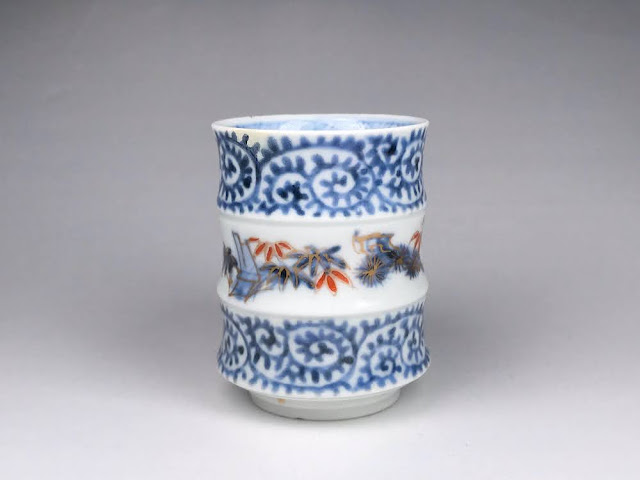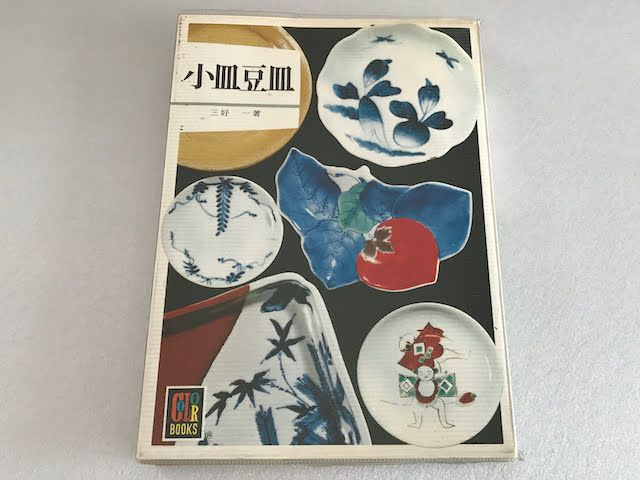ドライスラーの苦灰石と黄銅鉱 Dolomite and Chalcopyrite from Dreislar

Dreislar mine, Medebach, Hochsauerlandkreis, Arnsberg, North Rhine-Westphalia, Germany (ドイツ・ドライスラー鉱山) 標本幅 width: 8 cm / 重さ weight: 130 g ドイツ・ドライスラー鉱山の標本 はひとつすでに紹介済みだが、同じ産地の似たような標本をまた入手した。こちらは薄ピンク色の重晶石の上に苦灰石が、さらにそれと同時かやや遅れて黄銅鉱も多数結晶する。こういった重晶石または苦灰石と黄銅鉱の組み合わせは日本ではほとんどみられないので、ドライスラーや アメリカ・アーカンソー州の産地のもの など、みかけるとつい手元に置きたくなる。ほとんどビョーキと言われてもしかたない。 This is a sample of dolomite and chalcopyrite co-occurring on a barite plate from the same locality as I showed previously . As such a combination is rare in Japan, I can't help getting it in my hands. 裏面は重晶石。 Barite on the back side. 目を凝らすと薄板状の結晶や、V字形にみえる双晶(?)などいろいろ目新しいものがみつかる。ただ結晶面の交わる角度がちゃんと測れてないので、研究の余地はのこる。 I found some crystals that are rare for me such as thin platy ones and a V-shaped penetration twin. As I couldn't measure the angle of crystal surfaces, further investigation will be needed. V字形の貫入双晶?日本では耳付き双晶がよくみられるが、これはちょっと見慣れない形状だ。 A V-shaped twin? A twining with ears is common in Japanese chalcopyrite, but


